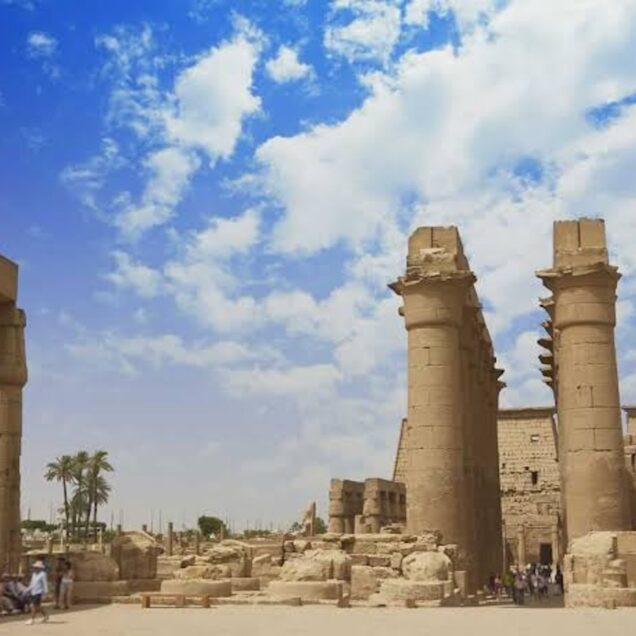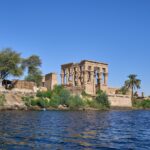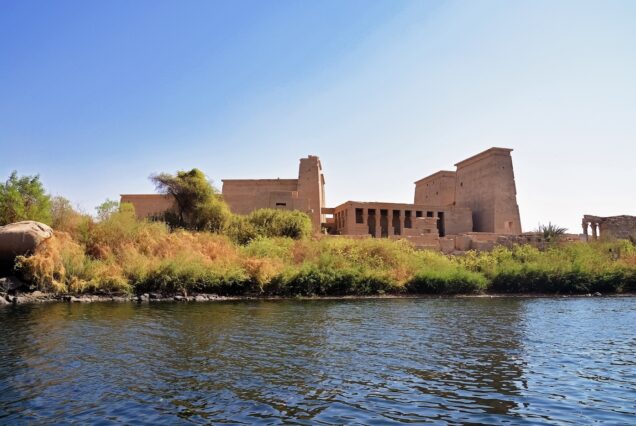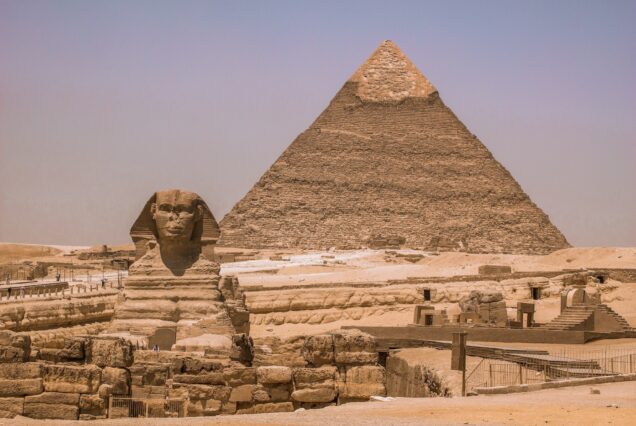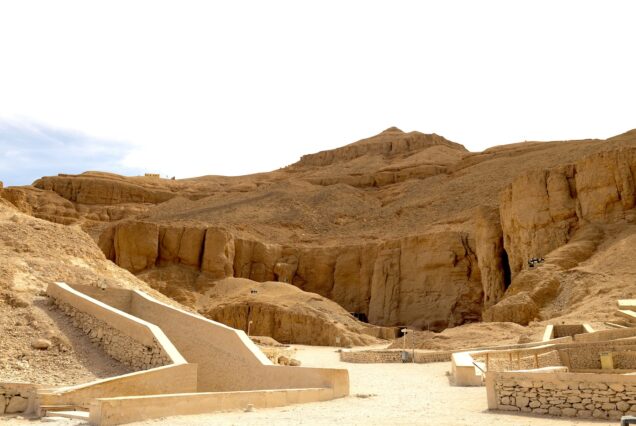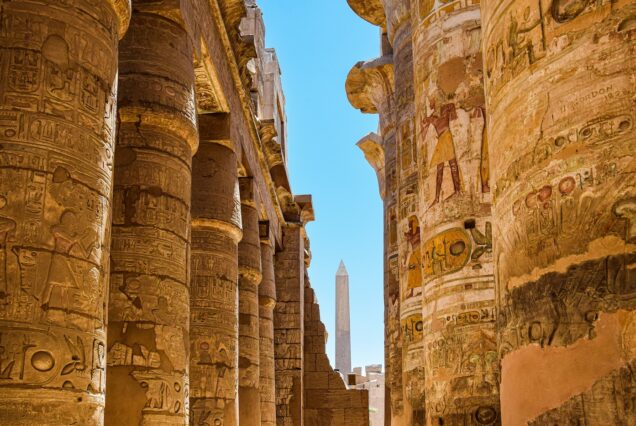

Overview
Luxor, ancient Thebes, embodies pharaonic grandeur like no other place on Earth. The Nile splits the city into symbolic halves: the East Bank, realm of the living, glitters with the magnificent Karnak Temple Complex—a breathtaking labyrinth of sanctuaries, obelisks, and towering columns. Nearby, Luxor Temple stands as a masterpiece of New Kingdom architecture, best experienced as the sun sets and its stones glow under modern illumination. On the West Bank, the domain of eternity, lies the Valley of the Kings, home to the intricately decorated tombs of pharaohs. Here, the imposing Temple of Queen Hatshepsut blends into the desert cliffs, and the Colossi of Memnon stand as eternal guardians. More than a museum, Luxor is a living archive of awe-inspiring monuments.
Map
Info
The ideal time to explore Luxor is from October to April, when daytime temperatures are pleasant for sightseeing. Summer months are intensely hot, though sites are less crowded. Most international travelers fly into Luxor International Airport (LXR) or arrive via a Nile cruise from Aswan. The city is also well-connected by overnight trains and buses from Cairo.
Key sites require separate tickets. Consider the Luxor Pass for significant savings if planning to visit multiple monuments. A knowledgeable guide is highly recommended to fully appreciate the historical context and hidden details of the tombs and temples. For a unique perspective, a sunrise hot air balloon ride over the West Bank offers an unforgettable vista.
